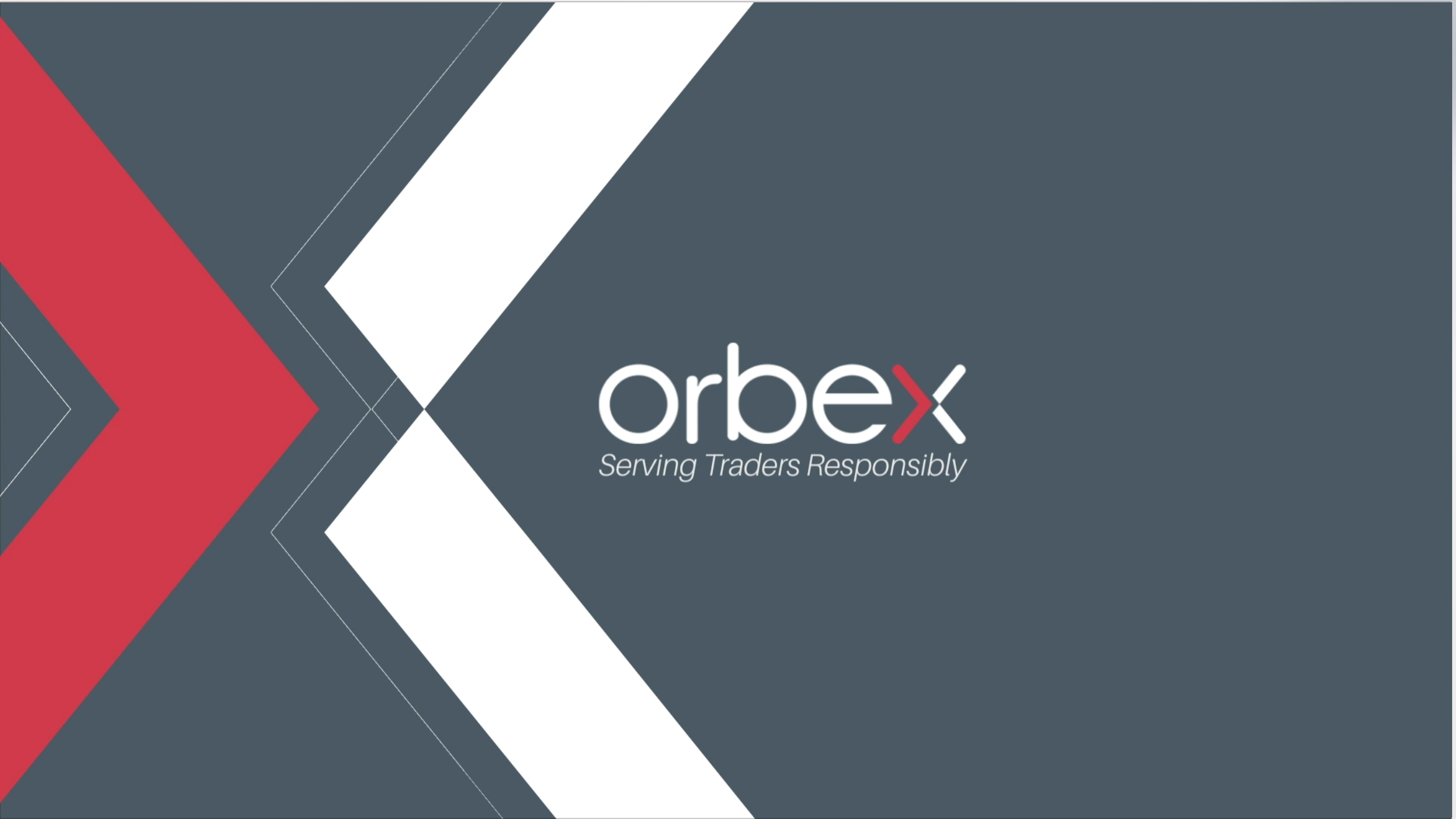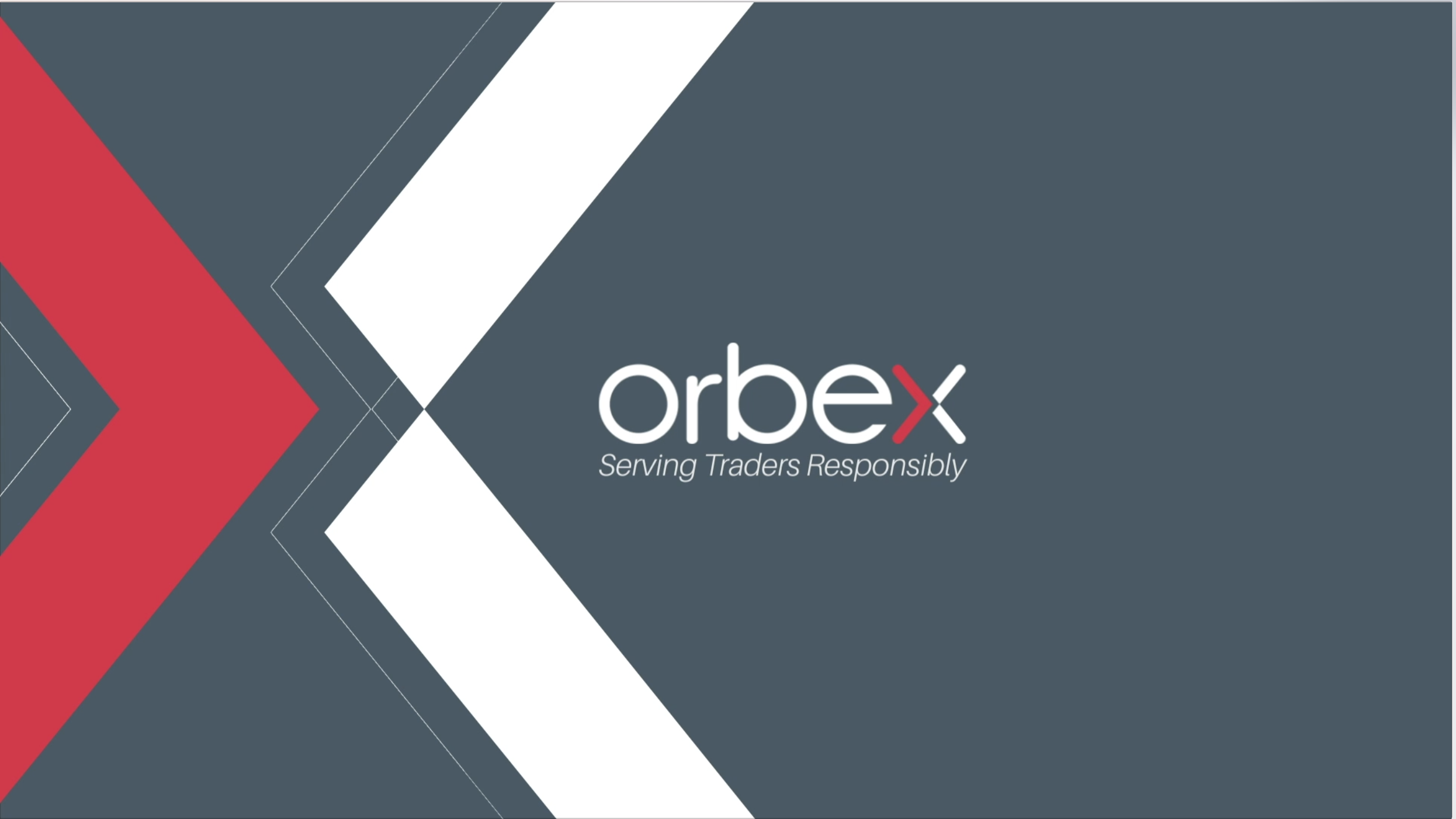June Payrolls Crucial for Fed

Investors look to the monthly jobs report due later this Friday. The data comes in the backdrop of a weaker than expected pace of hiring in May. This raises concerns as to whether the slowdown in hiring is a result of the trade wars.
Many economists believe that the US economy is entering a soft growth patch. Fueled by the trade dispute with China, manufacturing sectors are wary of escalating tensions
Test your strategy on how the USD will fare with Orbex
President Trump is known for using trade as a tool to negotiate with other countries. Just a month ago, the US proposed hiking tariffs on Mexico in a bid to deal with the immigration crisis. While Trump called off his threats, the uncertainty remains.
Manufacturing, as measured by the Institute for Supply Management (ISM) has been drifting lower over the past few months. Amid this backdrop, today’s jobs report will no doubt gain more attention.
Expectations for June NFP
Heading into today’s release, economists forecast that the US unemployment rate will hold steady at 3.6%, unchanged from the month before. This would still mark an impressive five-decade low.
The average number of jobs added during the month is forecast to be in the range of 135k – 160k.
Average hourly earnings are forecast to rise 0.3% on the month, after rising 0.2% in the month before. This would keep the average earnings anchored above the 3.0% annualized rate.
Pace of Hiring Slows in May
US employers hit the brakes on hiring in May. The data was cautious as it underlined the fact that growth was cooling. Employers were thus seen scaling back on hiring.
The US economy added just 75,000 jobs in May. This was much lower than the expected 180,000 jobs for the month. The payrolls report followed a weak ADP jobs report as well, which measures the private sector.

The US unemployment rate was steady at 3.6%, marking a 50-year low. But a miss on the jobs and wage growth including downward revisions to the previous two months painted a bleak picture.

The job figures for March and April were revised down from 189,000 to 153,000 and 263,000 to 224,000 respectively. The data underlined the 6% drop in job posting volumes in April and a 1% decline in May.
Economists were quick to deduce that the slowdown in the economy might be steeper than expected. There were significant declines in the pace of hiring in the services sector. Other sectors that remained flat during the month included mining, construction, and manufacturing.
The slowdown in these sectors was seen as an aftermath of the trade spat between the US and China. With China hitting back on the US with retaliatory tariffs, the slower than expected pace of hiring in the sectors raised concerns.
The private sector added 90,000 new jobs while the government sector lost 150,000 jobs over the period.
Wage Growth Holds Steady Above 3%
The average hourly earnings grew at a pace of 3.2% on a year over year basis in May. Average wage growth held steady above 3%, for the most part, this year. Given the weak pace of gains in inflation, real earnings outperformed inflation.
There were some declines in the labor force participation rate. The labor participation rate peaked at 82.6% in January. Since then, the participation rate has been in a steady decline suggesting a consistent number of people leaving the workforce.
In May, the participation rate was at 82.1%.
Impact of the June Payrolls Report
Investors will be no doubt reacting strongly to today’s jobs report. Another miss on the estimates with a below 150k average job gains could cement expectations for a Fed rate cut.
The central bank held its monetary policy meeting in late June. Officials signaled that they would cut rates if the economy continued to slow. The probability of a July rate cut is steadily rising.
Thus, a weaker report for June could cement expectations for a July rate cut. On the other hand, a beat on the estimates will not completely erase the dovish expectations but only delay the rate cut further down the line.




